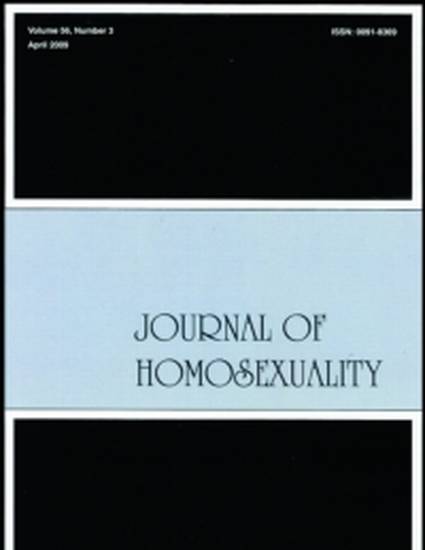
Article
Does Closeness to Someone Who Is Gay, Lesbian, or Bisexual Influence Etiology Beliefs About Homosexuality?
Journal of Homosexuality
(2016)
Abstract
Research suggests that contact with sexual minorities and etiology beliefs regarding the origins of homosexuality are associated with antigay bias; however, factors related to etiology beliefs have received little empirical attention. Our primary research question is: Does closeness to someone who is gay, lesbian, or bisexual influence etiology beliefs? Students (n = 851) from four U.S. universities completed an anonymous survey, and regression results indicated that contact and closeness were not significantly associated with etiology beliefs. Because both contact and relationship closeness were associated with antigay attitudes, and closeness demonstrated the largest effect, we tested three alternative structural equation models to determine if contact and closeness mediated etiology beliefs. Results suggested that contact and the degree of closeness are indirectly associated with students’ etiology beliefs through antigay bias.
Keywords
- antigay bias,
- college students,
- contact theory,
- etiology beliefs,
- homophobia,
- intergroup contact
Disciplines
Publication Date
2016
DOI
10.1080/00918369.2016.1172863
Citation Information
Jill M. Chonody, Phillip S. Kavanagh and Michael R. Woodford. "Does Closeness to Someone Who Is Gay, Lesbian, or Bisexual Influence Etiology Beliefs About Homosexuality?" Journal of Homosexuality Vol. 63 Iss. 12 (2016) p. 1726 - 1748 Available at: http://works.bepress.com/jill-chonody/1/
